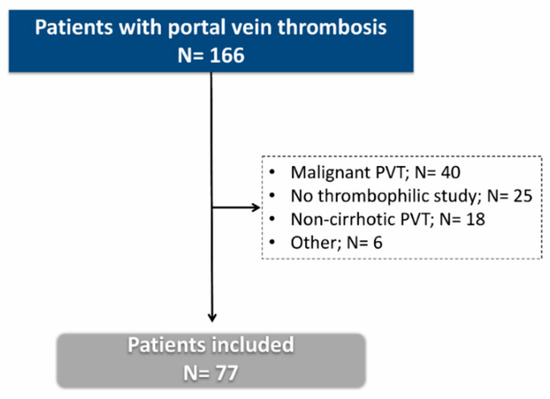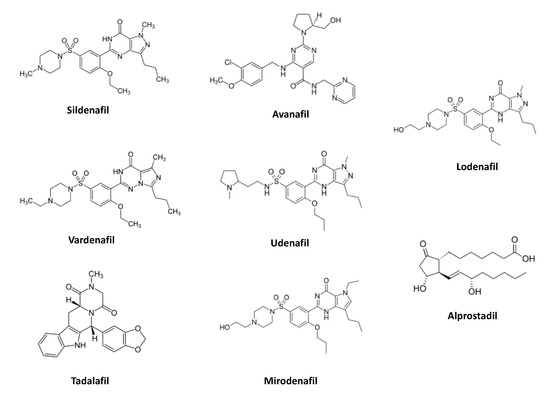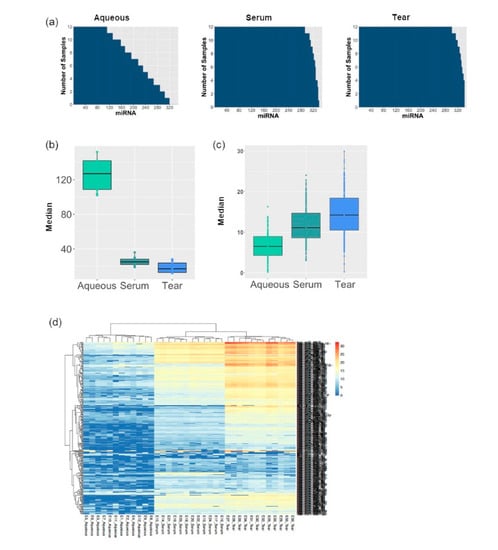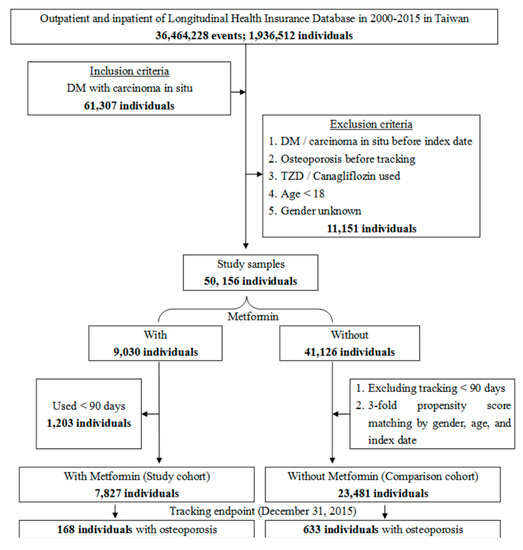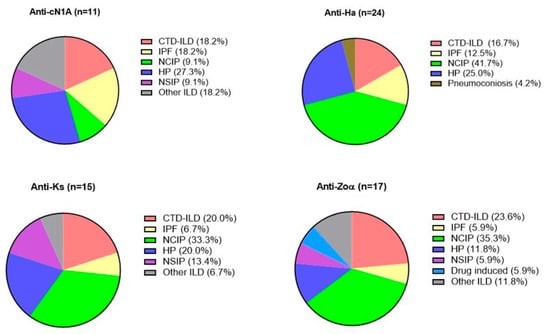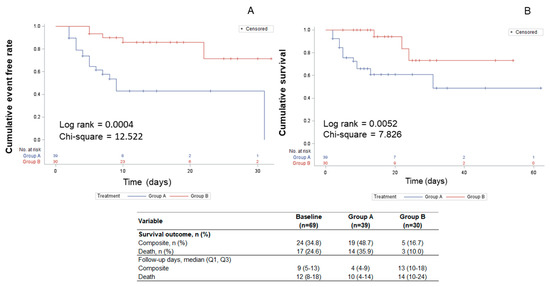J. Clin. Med. 2020, 9(9), 2891; https://doi.org/10.3390/jcm9092891 - 7 Sep 2020
Cited by 19 | Viewed by 2725
Abstract
We investigate the relationship between maternal cardiovascular (CV) function and fetal Doppler changes in healthy pregnancies and those with pre-eclampsia (PE), small for gestational age (SGA) or fetal growth restriction (FGR). This was a three-centre prospective study, where CV assessment was performed using
[...] Read more.
We investigate the relationship between maternal cardiovascular (CV) function and fetal Doppler changes in healthy pregnancies and those with pre-eclampsia (PE), small for gestational age (SGA) or fetal growth restriction (FGR). This was a three-centre prospective study, where CV assessment was performed using inert gas rebreathing, continuous Doppler or impedance cardiography. Maternal cardiac output (CO) and peripheral vascular resistance (PVR) were analysed in relation to the uterine artery, umbilical artery (UA) and middle cerebral artery (MCA) pulsatility indices (PI, expressed as z-scores by gestational week) using polynomial regression analyses, and in relation to the presence of absent/reversed end diastolic (ARED) flow in the UA. We included 81 healthy controls, 47 women with PE, 65 with SGA/FGR and 40 with PE + SGA/FGR. Maternal CO was inversely related to fetal UA PI and positively related to MCA PI; the opposite was observed for PVR, which was also positively associated with increased uterine artery impedance. CO was lower (z-score 97, p = 0.02) and PVR higher (z-score 2.88, p = 0.02) with UA ARED flow. We report that maternal CV dysfunction is associated with fetal vascular changes, namely raised impedance in the fetal-placental circulation and low impedance in the fetal cerebral vessels. These findings are most evident with critical UA Doppler changes and represent a potential mechanism for therapeutic intervention.
Full article
(This article belongs to the Section Obstetrics & Gynecology)
►
Show Figures


